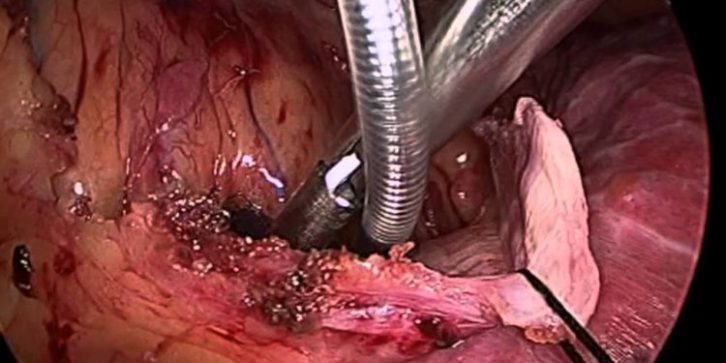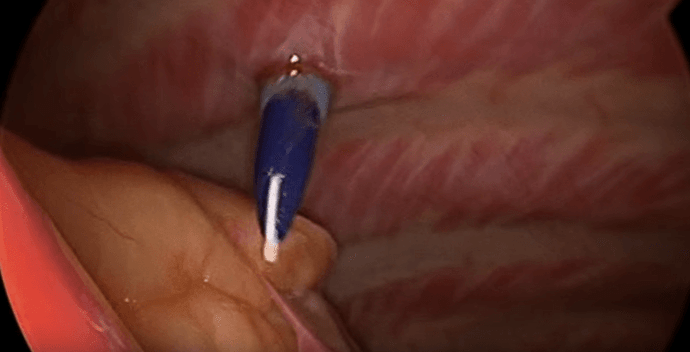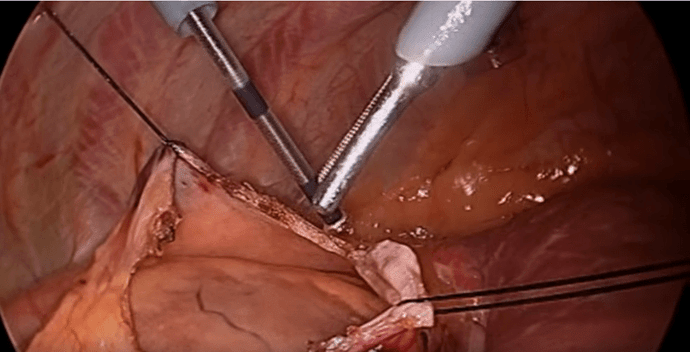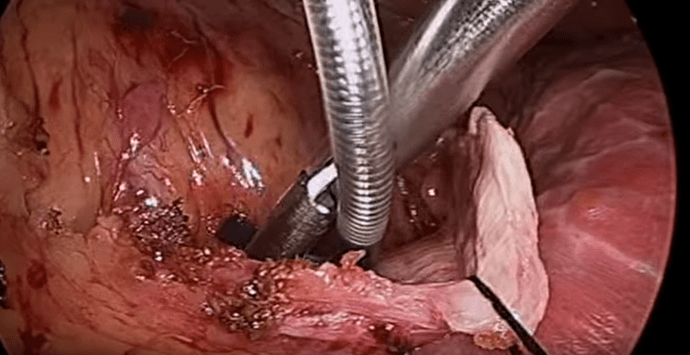In patients with conditions limiting blood flow such as coronary artery disease, transmyocardial revascularization can enhance blood flow through the coronary arteries. This newer treatment approach uses laser energy to form channels or passages for increased blood flow.
TMR, or transmyocardial laser revascularization, is a newer treatment aimed at improving blood flow to areas of the heart that were not treated by angioplasty or surgery. TMR is a surgical procedure. It is performed through a small incision in the left side of the chest. Frequently, it is performed along with coronary bypass surgery, occasionally alone.
Treatment
When performing TMR, a qualified cardiac surgeon delivers a precise laser therapy directly to the target area(s) of the heart muscle. When performed as a primary therapy, it is done through a small incision between the ribs (thoracotomy) with the patient under general anesthesia. Transmyocardial laser revascularization (TMR) can also be performed as a secondary procedure in patients that have ischemic heart disease with areas of the heart that cannot be bypassed. The precise laser therapy is delivered to create small channels into the heart chamber. During a typical procedure, approximately 10-50 channels are made in each targeted region of the heart muscle.
The channels in the heart muscle seal over almost immediately with little blood loss while the new channels allow fresh blood to perfuse the heart wall immediately.
The Heart Laser uses a computer to direct laser beams to the appropriate area of the heart in between heartbeats when the ventricle is filled with blood and the heart is relatively still. This helps to prevent arrhythmias in the heart.
This video demonstrates a technique for transmyocardial laser revascularization using a VATS approach :




